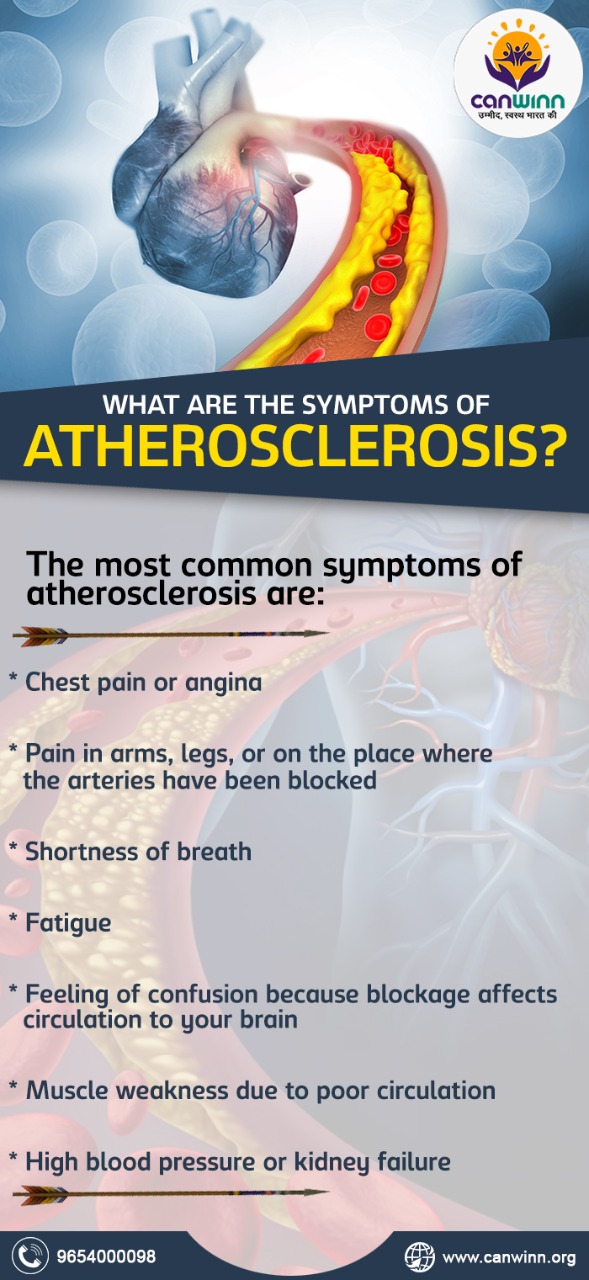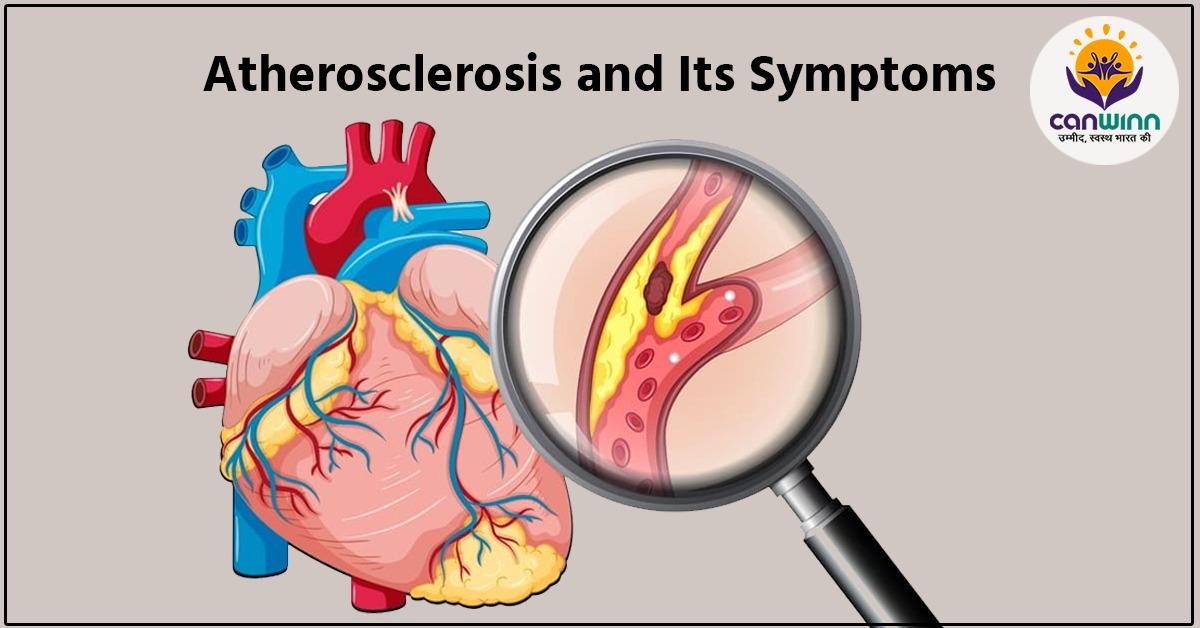The condition called atherosclerosis befalls when the arteries become clogged with fatty substances called plaques. The narrow and hardened arteries restrict blood flow to your organs and tissues. Perhaps, it can increase the risk of blood clots.
Generally, atherosclerosis refers to the condition in which fats, cholesterol, and other substances develop on the artery walls. They have a tendency to restrict blood flow. It is not necessary that atherosclerosis only affects your heart because this condition can affect arteries anywhere in your body. Atherosclerosis treatment is possible and successful.
What Are the Symptoms of Atherosclerosis?
Often, this condition does not reveal any sign in the early stage. However, after the blockage occurs you may notice some symptoms.
The most common symptoms of atherosclerosis are:
- Chest pain or angina
- Pain in arms, legs, or on the place where the arteries have been blocked
- Shortness of breath
- Fatigue
- Feeling of confusion because blockage affects circulation to your brain
- Muscle weakness due to poor circulation
- High blood pressure or kidney failure
For instance, you must know the symptoms of stroke and heart attack because these can be a result of atherosclerosis. Thus, by recognizing you can take immediate medical attention.
The Symptoms of a Heart Attack Involve:
- chest pain or discomfort
- pain in the shoulders, back, neck, arms, and jaw
- abdominal pain
- shortness of breath
- perspiration
- lightheadedness
- nausea or vomiting
- a sense of impending doom
The Symptoms of Stroke Involve:
- weakness or numbness in the face or limbs
- trouble speaking
- trouble understanding speech
- vision problems
- loss of balance
- sudden and severe headache
Atherosclerosis Diagnosis
It is essential to have an early diagnosis of atherosclerosis and immediate treatment to prevent the worsening effects of this condition. Because can lead to heart attack, stroke, or another medical emergency.
With the proper tools and tests, doctors diagnose diseases like atherosclerosis. These will include:
- Angiogram (Arteriogram),
- cholesterol tests,
- a chest x-ray,
- a CT (computed tomography) scan,
- Duplex scanning,
- an echocardiogram,
- an electrocardiogram (ECG or EKG),
- an exercise stress test (cardiac stress test),
- an intravascular ultrasound,
- an MRI (magnetic resonance imaging) scan,
- a PET (positron emission tomography) scan
- a pharmacologic stress test.
What Are Atherosclerosis Causes?
causes are not precise but it is believed that the condition starts with damage or injury to the inner layer of an artery. This damage might be a result of:
- High blood pressure
- High cholesterol
- High triglycerides
- Smoking and other sources of tobacco
- Insulin resistance, obesity or diabetes
- Inflammation
When the artery wall gets damaged, the substances bump to the injured side and build up in the inner lining of the artery.
Over the short span, a plaque made of cholesterol and other cellular products gets formed up at the place of injury. This thing hardens and narrows your arteries. Later, these fatty deposits disassemble and enter into your bloodstream.
What Are the High-Risk Factors of Atherosclerosis?
Except aging, there are many other risk factors of that include:
- High blood pressure
- High cholesterol
- Diabetes
- Obesity
- Smoking and other tobacco use
- Family history
- No exercise
- An inactive lifestyle
- An unhealthy diet
What Are the Measures for Atherosclerosis Prevention?
A healthy lifestyle is the best way to prevent disease.
- Quit smoking
- Consume healthy foods
- Exercise regularly
- Maintain a healthy weight
- Manage stress
- Regular checkups
Atherosclerosis treatment
For mild to severe, there a doctor might recommend other treatment to deal with the condition. Medication and surgical treatments can be used in some cases. The treatment always depends on the various factors.
Medications
- Cholesterol medications.
- Anti-platelet medications.
- Beta-blocker medications.
- Angiotensin-converting enzyme (ACE) inhibitors.
- Calcium channel blockers.
- Water pills (diuretics).
- Other medications.
Surgical procedures
- Angioplasty and stent placement.
- Endarterectomy.
- Fibrinolytic therapy.
- Bypass surgery.
Atherosclerosis stages
There are three stages of atherosclerosis:
- The fatty streak
- Fibrous plaque
- Complicated lesion
Final Words
There are many diseases that can get worse if not treated on time. It is crucial to have an early diagnosis to treat the condition easily. To do so, you should be knowledgeable about the possible conditions that can affect your body and mind.
For more information, stay connected with Canwinn Foundation!



